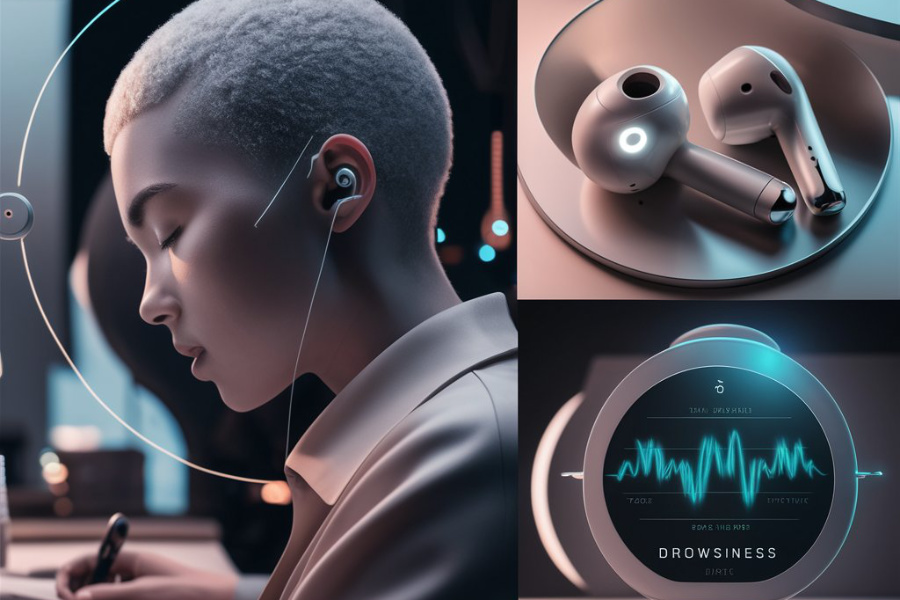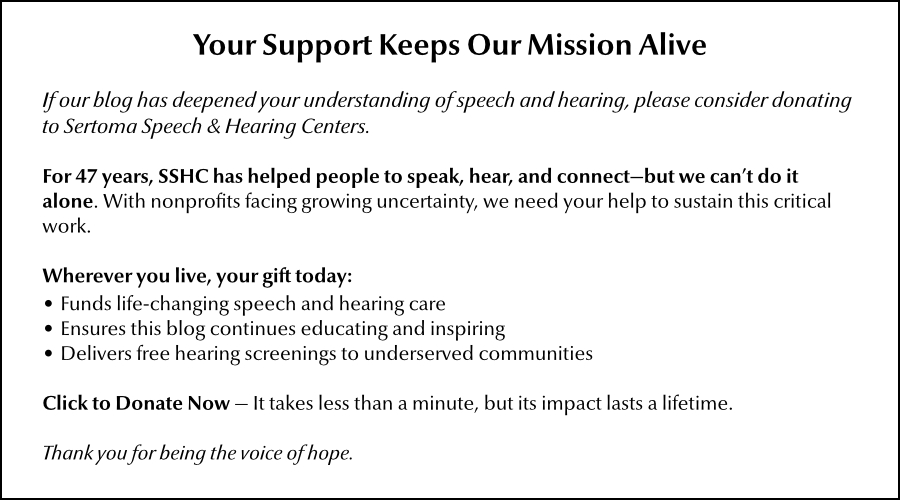UC Berkeley engineers have developed smart earbuds that detect drowsiness, potentially preventing dangerous situations like falling asleep while driving. The device monitors signs of fatigue before you doze off, providing an early warning system to keep you alert.
Why it matters
These innovative earbuds can detect early signs of fatigue, potentially preventing accidents and saving lives for workers in high-risk professions like truck driving, construction, mining, and machine operation.
"My personal goal was to try to make a device that could be used every day by someone who would really benefit from it. In order to do that, I knew that it would have to be reusable, fit a variety of people, and [be] easy to manufacture." —Ryan Kaveh, PhD, postdoctoral scholar, UC Berkeley
How it works
The earbuds have tiny electrodes that contact the ear canal, acting like a miniature electroencephalogram (EEG).
- The system detects alpha waves, a brainwave type that gets stronger when you're relaxed, close your eyes, or start to fall asleep.
- Traditional EEGs involve many wires and electrodes stuck to your head. These earbuds achieve the same result but discreetly and comfortably.

A closer look:
- The earbuds are dry and wireless, the same size as Apple Airpods. Earlier "Ear EEGs" relied on gels or custom-molded earpieces.
- They use flexible electronics and a cantilevered design to ensure a snug, comfortable fit for most ear shapes.
- A custom, low-power wireless system reads the signals.
Testing and validation:
- Researchers proved the earpieces could detect physiological signals like eye blinks, alpha waves, and the auditory steady-state response.
- Nine volunteers wore the earbuds doing boring tasks. Their drowsiness levels and response times were measured.
- The earpieces, combined with machine learning, accurately classified the onset of drowsiness, even with seemingly lower signal quality, and maintained accuracy with new users.
The takeaway
A breakthrough in wearable health technology, these earbuds can detect drowsiness and potentially diagnose sleep disorders, monitor heart rate, and track eye movements—all without requiring users to adopt additional equipment. Their seamless integration into existing earbud technology makes health monitoring effortless and convenient.


